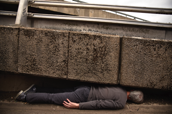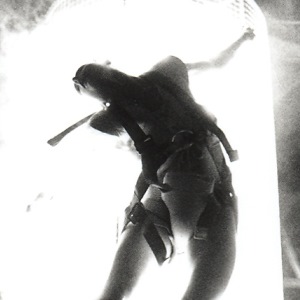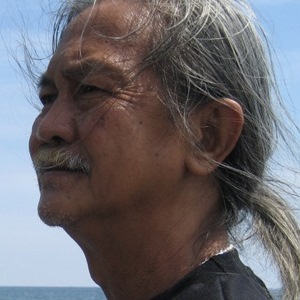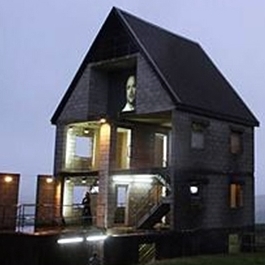Environmental theatre is similar to site-specific performance in that they both aim explicitly to alter the conventional spatial practices of performance, to enhance both the relationship between performers and audience and the performance’s engagement with its space and site of production. The term ‘environmental theatre’ was popularised in the early 1970s through the writings of Richard Schechner, works made by his company the Performance Group, and the practices of other innovative makers such as Jerzy Grotowski. Schechner intended to include a broad range of theatre practices in this term, including theatre made in found spaces. In practice, however, the Performance Group concentrated on making work in their studio, which they altered radically for each performance. These physical alterations focused on producing for each show a specially constructed scenography that would provoke performers and audiences to interact. Productions such as Dionysus in 69 (1968–9) avoided end-on perspectives, put audiences closer to and often actually in the action, encouraged them to move around and sometimes provided multiple, simultaneous focal points.
Although the terms ‘environmental theatre’ and ‘site-specific performance’ only came into common use in the twentieth century, the spatial practices they name have a much longer Western history, from Greek amphitheatres set in spectacular natural environments, to medieval religious processions through towns, to Dada performance like the Cabaret Voltaire in cafés, to festivals, carnivals and protests – in all of which people occupy familiar everyday sites in unfamiliar ways. These practices also share similarities with performance art, installation art, happenings and Augusto Boal’s invisible theatre, which put creative and often critical work in unusual sites in order to ask questions about those sites and the ways people behave in them. From the RCTP


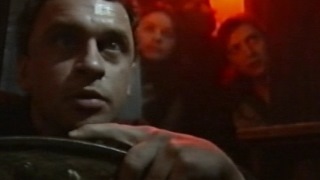
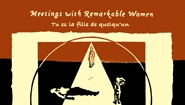
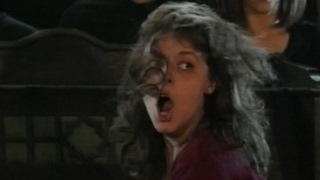

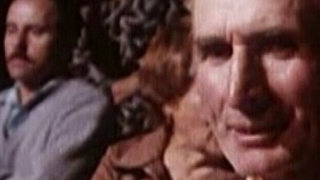
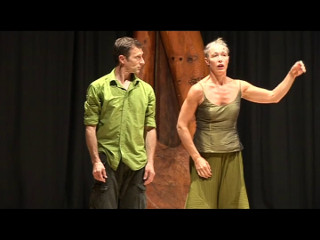
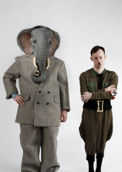
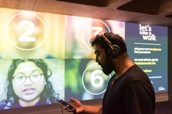


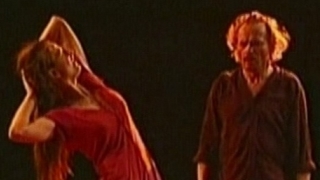
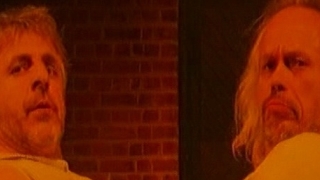
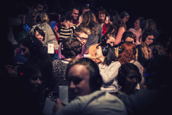
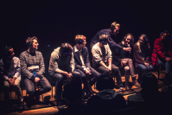
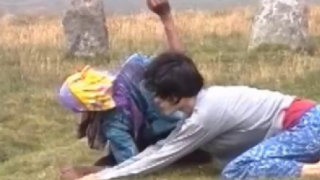
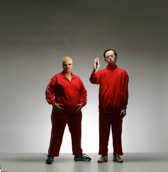
![you'll see me [sailing in antarctica] — non zero one — Trailer](/propagator/data/img-dc/original/image/youll-see-me-sailing-in-antarctica-non-zero-one-trailer/image-thumb-191102.jpg)
![you’ll see me [sailing in antarctica] – non zero one – Full length Wide](/propagator/data/img-dc/original/image/youll-see-me-sailing-in-antarctica-non-zero-one-full-length-wide/image-thumb-191101.jpg)
